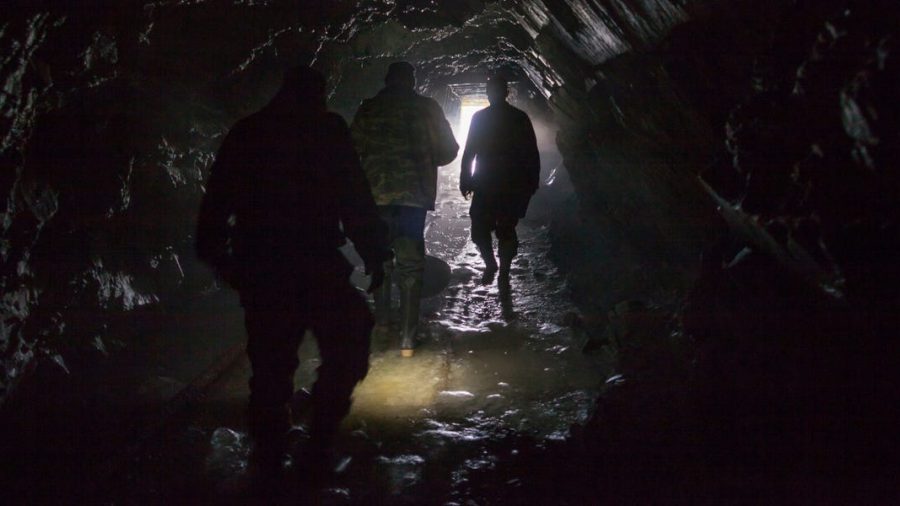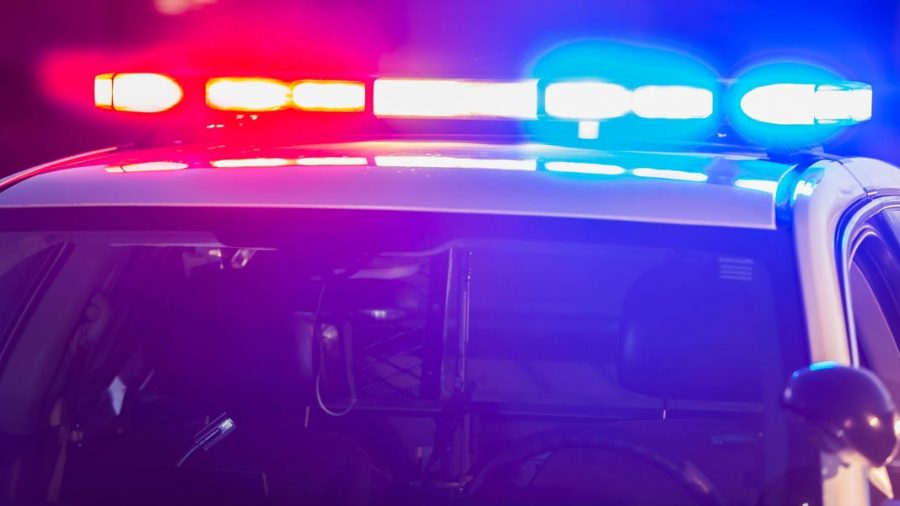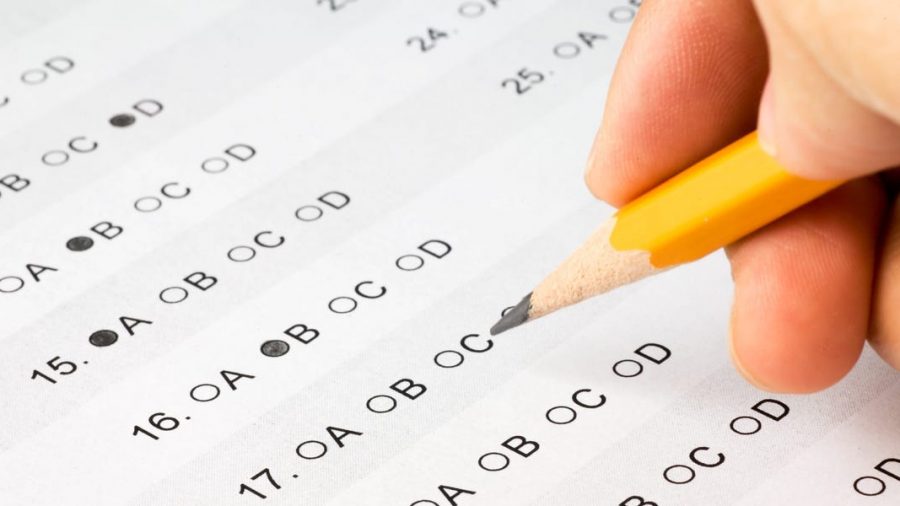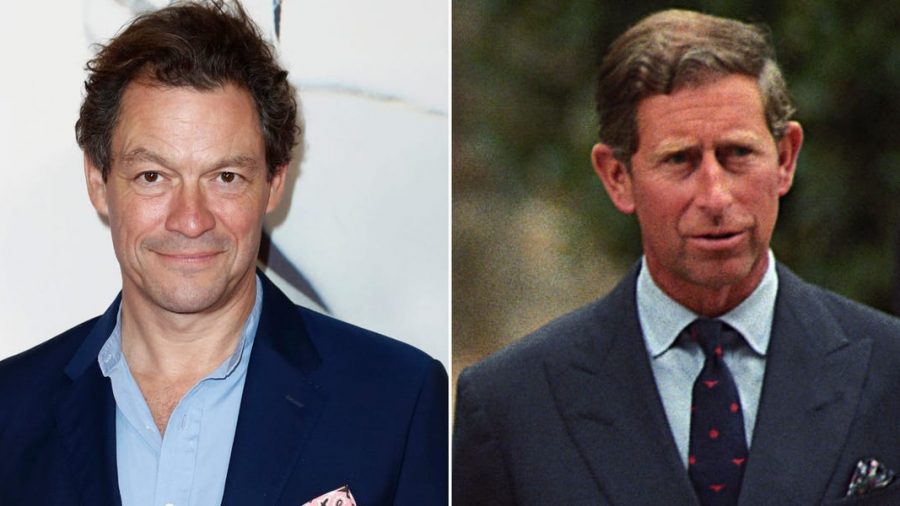
Police and emergency personnel descended on Robert Anderson Middle School in Anderson, South Carolina, on October 5 in response to a false call about an active shooter. Parents backed up in front of the school as they hurried to pick up their kids, clogging the road. hide caption Ken Ruinard/USA TODAY Network
switch to caption Reuters/Ken Ruinard/USA TODAY Network Emmi Conley was initially skeptical of reports of active shooters at schools when she first heard about them in September. Conley, an extremism researcher who investigates the organizations and individuals behind violent acts committed in public, claimed she could find no evidence linking these calls to the dark internet communities where such pranks frequently take place.
But as the number of reports increased, Conley claimed that she started to notice some incredibly odd tendencies, including the potential that the calls might have originated from abroad, possibly from Africa.
She described the occurrences as “very, incredibly unique” in terms of their scope and timeframe. “The calls are regular. They work together. They are sustained and classified state by state and district by district. Therefore, someone is making a lot of effort to keep these going.”
Conley dug deeper and more questions came up. These calls contained several distinct differences from the threats she is accustomed to hearing at schools. Even though they took place over a period of several weeks, no one has claimed credit for these calls, and the technological research and preparation that went into them revealed a degree of skill that is uncommon.
The FBI has acknowledged the instances in a statement but claims to lack “evidence to indicate a specific and significant threat.”
According to the organization, it is collaborating with law enforcement at all levels to look into the situations. However, several news reports, notably those in Minnesota and Louisiana , referenced local officials who claimed that the calls might have come from Africa, more specifically Ethiopia. The FBI declined to comment on this specific point.
Conley believes that the details surrounding these calls point to a foreign originator.
Our main concerns right now are: Whose attention are they vying for? “Is it the public? legal authorities? Media? Another thing? And why are they pursuing it?”
THE NEW “BOMB THREAT”: SWATTING The fictitious phone calls are known as “swatting,” which is a word for calls that falsely claim that a violent incident is taking place or is going to take place. They are designed to trigger the immediate and widespread deployment of SWAT teams and other armed law enforcement to a particular target. As was the case in a deadly incident in 2017 when police swatted a guy in Wichita, Kansas, the repercussions can be rather dangerous.
According to Conley, it was made popular by extraordinarily violent online communities and groups that identified with opposing ideologies. These have included extremist organizations and live-gaming communities, where offenders seek to harass certain people. It appears to be a recent development that institutions, namely schools, have been targeted.
Between September 13 and October 5, NPR discovered at least 113 instances of hoax calls across 19 states, mostly through local news reporting. The highest totals were recorded in Virginia, Minnesota, and Louisiana. This number is probably understated because the media may not have covered all the places. Experts in school safety are concerned that these hoaxes could serve as models for imitators, placing school communities and law enforcement personnel at serious risk.
The executive director of the nonprofit National Association of School Resource Officers, Mo Canady, stated, “You know, those of us in the school safety sector have dealt with bogus bomb threats for decades” (NASRO). “A very different situation arises if we receive a call reporting that someone is actively shooting, hurting, or killing people. That calls for a truly aggressive response.”
Canady asserted that swatting entails greater risks than bomb threats. One father in Ohio reportedly received an detained for bringing a gun to Licking Valley High School after learning that there might be an active shooter present. That reaction from a parent is natural, according to Canady, especially given that many parents are still reeling from the trauma of the Uvalde school shooting. But, he cautions, it can cause chaos and worse at the site.
False calls about active shooters instead of bomb threats may indicate that criminals are aware of how much dread around school shootings has crept into American communities.
The Educator School Safety Network is a national nonprofit organization that specializes in school safety for primarily K–12 educators. Amanda Klinger, director of operations, said, “The fundamental reason that it is effective as a disruption or as an emotional, psychological attack is that we know it could be real.” The dread we have of school shootings and other forms of violence is being used against us.
A Connection to the Abroad The caller reporting an active shooting exhales hard and follows a virtually identical narrative in recordings that NPR got from some calls in Ohio and one call in Minnesota. Despite sounding like an adult male, he claims to be a student at the institution. Additionally, he has a strong accent. NPR also asked for call logs from locations in other states, but many of their requests were turned down on the grounds that the incidents were still being investigated.
The Minnesota Bureau of Criminal Apprehension’s superintendent, Drew Evans, claimed to have also heard recordings of hoax calls made in states other than Ohio and Minnesota. They sounded extremely similar, he claimed.
There was an accent present, and it seemed like the same or a similar person made all the calls that were either heard or reported to us, according to Evans. 17 swatting calls that happened on September 21 in Minnesota are being looked into by the MBCA.
According to Evans, none of the calls in his state were made to 911; instead, they were made straight to schools or non-emergency dispatch lines. He claimed they seemed to originate from Internet-based phone numbers that were either routed via or originated in foreign nations using a VPN connection.
“There are signs that point to a foreign connection,” he stated. “We don’t know if overseas may have been used as a mask, though.”
According to Conley, the caller’s details, which are unusual for school shootings in the United States, may support the theory that the calls originated from a foreign person or organization. For instance, the caller frequently mentioned a different pistol model than what is typically used in school shootings.
America and weapons “have a very unique relationship,” she remarked. The AR-15 is the iconic symbol of mass shootings in the United States.
However, Conley and Evans agreed that this advertising shows a high level of in-depth local knowledge or research.
Conley stated, “Whoever is doing this has managed to make calls linked to specific schools, reach the right dispatchers, and give detailed information about local school districts and dangers inside them without being discovered.” “You couldn’t do it without making a significant effort and looking at where you’re going after it, how you’re going after it, and how you were avoiding discovery.”
A PREVIOUS WAVE Some others are speculating that the individual or group making the calls may be capitalizing on their prior knowledge. Schools in a number of states reported receiving phony bomb threat calls in the spring. The MBCA confirmed that nine schools were targeted in Minnesota. Evans noted parallels between the manner in which those calls were made and the more recent spate of erroneous claims of active shooters.
There “were commonalities” in the specificity with which they were describing the precise threat, he said. It looked that only one person was making the calls, and they most definitely appeared to be coming from a live person. According to Evans, both those calls and the ones in September were placed on non-emergency lines.
He stated that “some of the schools believe there may be a connection between them.”
At least six states were recognized by NPR as receiving bomb threats against schools beginning in mid-March and mainly continuing through April. Multiple fake calls were reported on the same day in Minnesota, North Carolina, Maine, Louisiana, and Hawaii, respectively.
In Louisiana, where at least five schools reported receiving hoaxed bomb threats on April 21, one local report said was linked to Ethiopia by investigators to the caller’s IP address. Recently, Alexandria Police Chief Scott Kent was quoted by a report from Minnesota as claiming that he thought calls made to schools in his state in September were related to an IP address in Ethiopia. Kent declined requests for interviews.
Evans stated that the inquiry into the calls made to Minnesota schools in April is still ongoing.
THE IMPLICATIONS OF DETERMINING A MOTIVE Regardless of where these hoaxes are coming from, one puzzling question still remains: Why?
I often wonder if someone is testing our systems to see how we react to these kinds of occurrences, especially if they are originating from another country. Canady stated.
Recently, NASRO provided advice to schools on how to handle swatting calls. The most important one, according to Canady, is to keep operating under the presumption that each call represents a genuine danger.
He warned that waiting might result in lives being lost. Consequently, until we are certain that it is not an actual incident, we must proceed in an emergency manner.
However, there is also worry that the emergency reaction itself may cause stress if the sharp increase in swatting persists or increases. Even falsehoods, according to Klinger, can incite dread and cause psychological and emotional harm to children, teachers, and parents. She stated that she would want to see more federal guidelines on how to maintain safe but supportive school communities.
“How will things turn out if I just keep closing schools one after the other? How can you possibly stop it?” She spoke.
The operation might not be categorically classified as terrorism under the FBI’s definition of the term if there is no obvious ideological motivation behind these calls or any known organization. But many point out that it might have the same effect.
According to the evidence that has been reported, “there is a significant amount of intentionality,” stated Evans. They intended to instill dread in our neighborhoods, therefore they did this.














